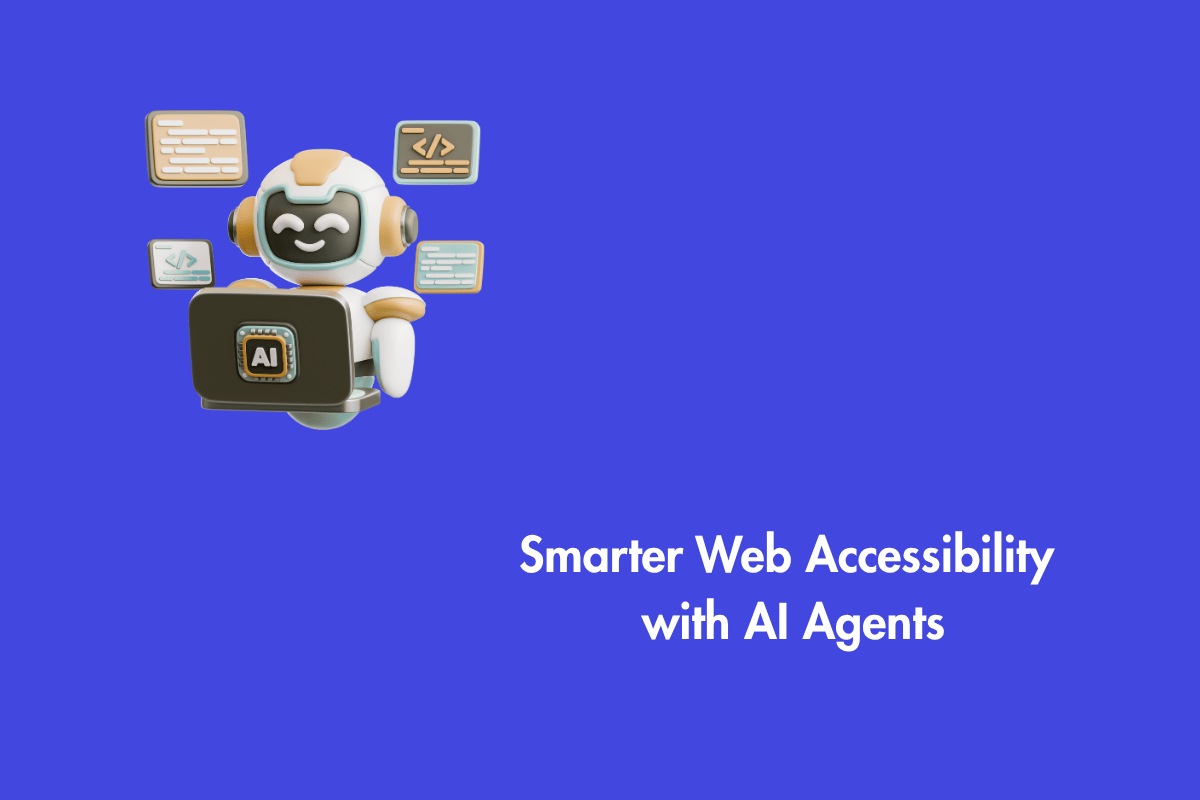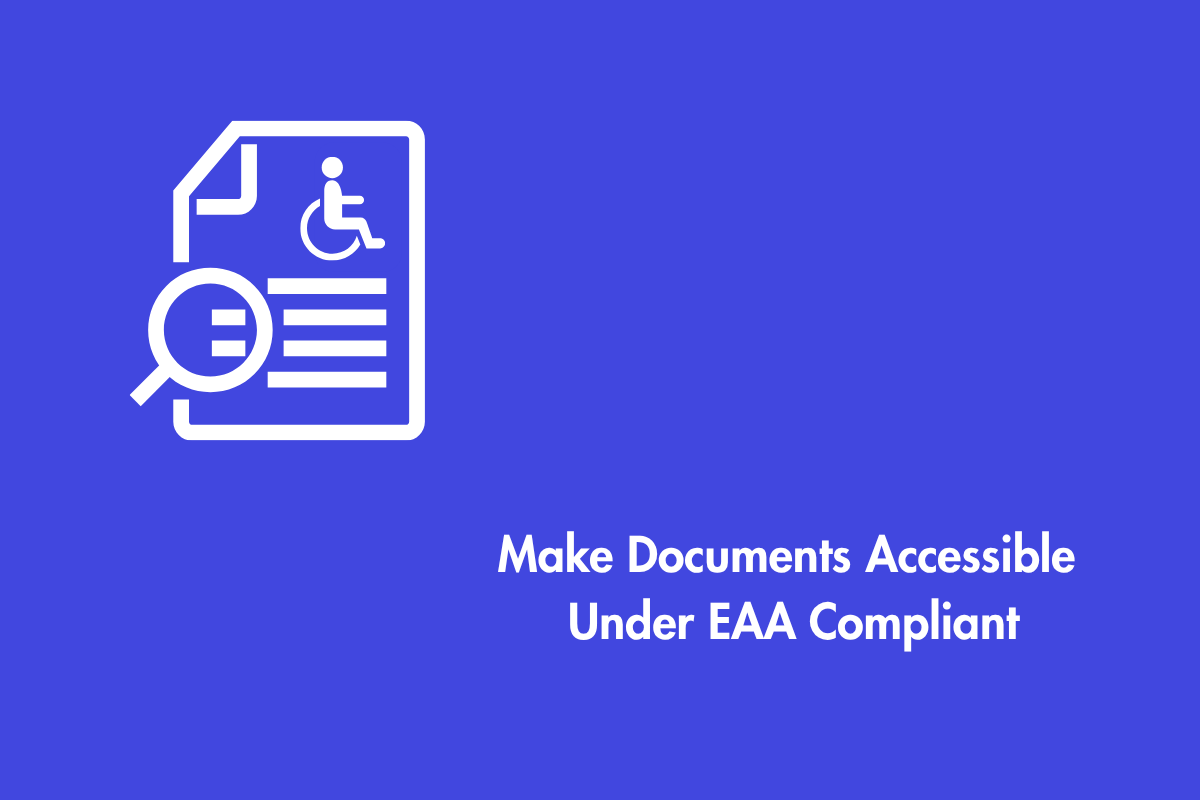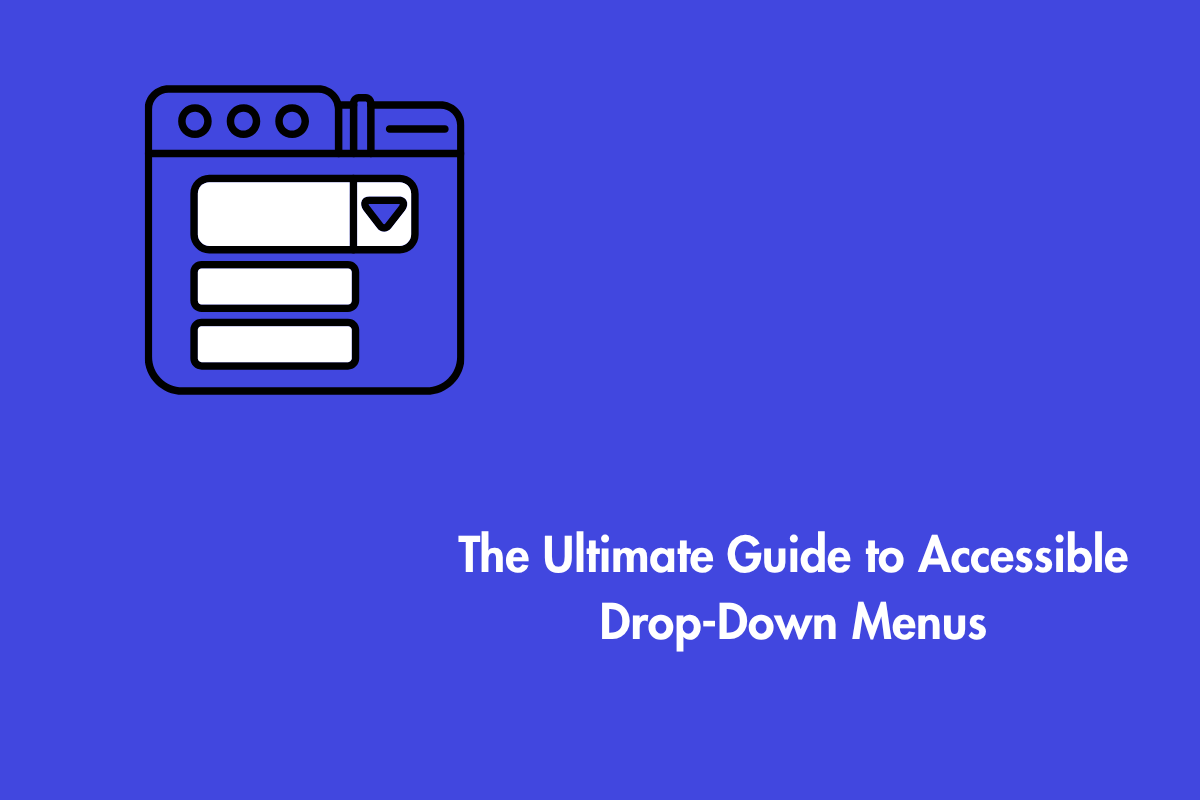Image accessibility is crucial for enhancing the user experience, attracting attention, and creating a visual identity for a brand. However, not everyone can perceive images the same way, and accessibility is essential for everyone. This article explains the importance of selecting descriptive alt-text, using decorative images appropriately, testing images for accessibility, incorporating accessibility into design processes, and the benefits of accessibility. It also explores future trends and challenges in image accessibility.
Table of Contents
Understanding Image Accessibility
Image accessibility is crucial for making web content accessible to all users, especially those with disabilities. The Web Content Accessibility Guidelines (WCAG) emphasize four principles: perceivable, operable, understandable, and robust.
It has many success criteria to help developers clearly understand the issues users face while accessing the web, such as providing text alternatives, avoiding sensory presentation, maximizing compatibility with current and future user agents, including assistive technologies, etc. Following these guidelines can enhance the user experience and make your images more accessible to everyone.
Choosing the Right Descriptive Alt-Text
Image accessibility relies on providing descriptive alt-text, which describes the content and function of an image. Screen readers and assistive technologies must convey image information to users who cannot see it or when the image cannot be loaded due to network issues or browser settings. The alt-text should be concise, accurate, and equivalent to the image, answering the question of what information or purpose it conveys. It should not include unnecessary details or repeat existing information in the surrounding text or caption.
The following are some examples of good and bad alt-text for different types of images:
Informative Images
Informative images convey essential or helpful information not available elsewhere on the page—for example, graphs, charts, diagrams, maps, logos, icons, etc.
- Bad alt-text: A pie chart
- Good alt-text: A pie chart showing the percentage of students enrolled in different majors at ASU in 2023
Functional Images
Functional images serve as links or buttons to perform an action or navigate to another page—for example, social media icons, search icons, arrows, etc.
- Bad alt-text: Twitter logo
- Good alt-text: Follow us on Twitter.
Images with text
Images with text, such as memes, quotes, posters, and banners, should be avoided. Instead, use actual text, but if it can’t be avoided, ensure that alt-text has all the information about the text, like font style, color, and background.
- Bad alt-text: Motivational quote
- Good alt-text: “The only way to do great work is to love what you do” in white text on a blue background with a silhouette of a person climbing a mountain
Using Decorative Images
Decorative images can enhance the visual appeal of your web page. However, it may cause distraction for some users.
Here are some tips on how to use decorative images effectively:
- Use CSS or SVG instead of bitmap images whenever possible. CSS and SVG are more flexible, scalable, and accessible than bitmap images. They also reduce page load time and bandwidth usage.
- Responsive images can improve the performance and usability of your web page as they can adapt to any screen size on devices.
- Use background images that do not interfere with the foreground content. Background images should contrast enough with the text and other elements on the page. They should also not contain any vital information or functions unavailable elsewhere.
Testing for Accessibility
Test images for accessibility to ensure WCAG standards compliance and a user-friendly experience using various methods and tools. There are three types of testing:
- Manual testing: Manually check images using various browsers, devices, and assistive technologies and seek feedback from others, especially those with disabilities.
- Automated testing: This involves using software tools that scan your web page and identify potential accessibility issues with your images. However, automated testing cannot detect all the issues, so you should always complement it with manual testing.
- Hybrid testing: This kind of testing is a combination of both manual and automated testing. Furthermore, you can conduct usability tests with real users, especially people with disabilities, to enhance accessibility.
Incorporating Accessibility into Design
Incorporating accessibility into your design process is crucial for creating inclusive, usable, and effective web pages for everyone. To achieve this, define your goals and audience, create personas and scenarios, sketch and prototype ideas, test and iterate with different users, and implement the final design using HTML, CSS, and JavaScript. Continuously test and improve your design to ensure it meets WCAG standards and provides a good user experience.
Benefits
Making your images accessible is a moral duty, a legal requirement, and an intelligent business decision. Here are some of its advantages:
- Having accessible images ensures that your web page is usable and enjoyable for everyone, regardless of their abilities or preferences.
- Improves your SEO and ranking as search engines use alt-text and other image attributes to index and rank your web page.
- It enhances your brand’s reputation and credibility, as accessibility shows that you care about your users and their needs. It also demonstrates that you are committed to quality and excellence.
Future
Image accessibility is a rapidly evolving field with new challenges and opportunities. Advancements in technology, such as artificial intelligence and machine learning, can automate image alt-text and caption generation but may have errors and biases.
Human oversight and verification are crucial for accurate information. Augmented and virtual reality provide immersive experiences but pose accessibility challenges for users with different abilities. Accessibility standards and guidelines must be developed and implemented to ensure inclusive and accessible experiences.
Conclusion
Image accessibility can be achieved by following the WCAG standards and best practices, such as providing descriptive alt-text for images, using decorative images appropriately, testing images for accessibility, and incorporating accessibility into the design. It also benefits users and web developers by reaching a wider audience, improving SEO and ranking, enhancing brand reputation and credibility, creating immersive experiences, etc.
Whether you’re a small or large organization, AEL Data can help support your accessibility team. Get in touch with our digital accessibility expert today.



